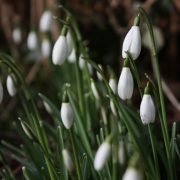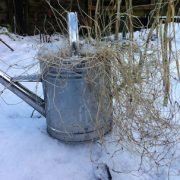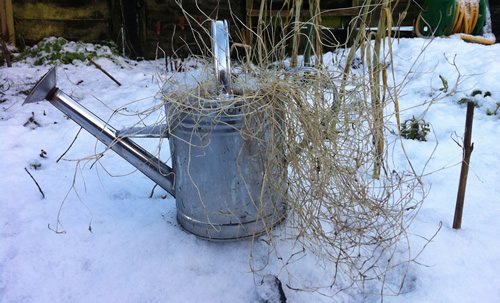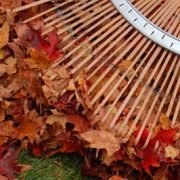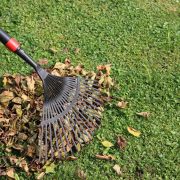What to do in your garden in March
Spring into action this March with our What to do guide.
Where do you begin? March is a busy time in the garden, the weather is getting warmer, things are starting to grow and all those jobs you put off through the cold damp winter months need to be tackled. Follow our guide to March and your garden will be well set up for the coming season.
Now is also a good time to decide whether you need to plan any larger garden landscape projects. If so, get in touch with us sooner rather than later to ensure we can fit you in before the summer months when you want to be out in the garden enjoying the fruits of your labour.
When the weather is good make the most of it and get on with the following tasks:
General
- Frosts can still be a danger in March so keep vulnerable plants protected at night if frost is forecast.
- Spring clean! That means weed and dig over your borders incorporating as much compost / organic matter as you can.
- Remove moss and weeds from paths and driveways.
- Treat garden furniture, sheds, fences and trellis with wood preservative.
Vegetables
- Plant asparagus crowns, Jerusalem artichokes, garlic, onion sets, shallots and strawberry plants.
- Plant out your early potatoes at the end of the month. If you haven’t already done so already, start chitting your seed potatoes.
- Prepare the ground for French and runner beans and courgette plants, dig a trench and add a generous layer of well-rotted manure or compost.
- When the weather turns warmer – broad beans, early peas, carrots, lettuces, spinach, salad leaves, leeks and chard can all go in now (check the instructions on the seed packets).
Birds
- Keep on feeding the birds – they will have become used to you feeding them regularly.
- At Garden Style we stock a great range of bird houses and feeding stations as well as bird food. These also make a nice Mother’s Day gift.
Lawns
- Give your lawn a first cut with the blades on the highest setting.
- Reseed bare patches and neaten the edges with a half moon cutter or spade.
- Apply moss kill such as Evergreen when the weather is mild and preferably dry.
- Try not to walk on it too much of it is still very damp.
Trees, Shrubs and Climbers
- Feed woody plants such as roses, trees, climbers, hedges and shrubs with general purpose fertiliser.
- Prune roses and spray them with fungicide to prevent black spot and mildew.
- Prune hydrangeas
- Plant and move evergreen shrubs, conifers and trees – remember to water them well if the weather is dry until they are firmly rooted in.
- Prune fruit trees before they comes into growth, including apples, pears, gooseberry and currants.
Herbaceous Border
- As soon as the flowers fade Snowdrops can be lifted and divided – you should do this every few years.
- Apply slug killer around hostas, even if they aren’t showing yet.
- Plant pot-grown bulbs – they will look great when combined with primroses, pansies and violas and keep the spring colours going longer.
- Plant gladioli, lilies and dahlias from mid March. If you plant them at fortnightly intervals you’ll get a succession of blooms throughout the summer. They like a well drained, sunny position.
- Before you begin planting you should always plan your borders and plant in groups.This gives you maximum colour effect. Think about plant heights as well – taller at the back, smaller towards the front
- We have a large selection of young herbaceous plants available in our garden centre – pop in and take a look.
Greenhouse
- Plant strawberry runners in hanging baskets
- Buy seedlings and bedding plants and start them off in the green house until the last frost has gone.
- Sow dwarf French beans in a large pot – this will give an early crop in June
- Sow sweet peas so they will be ready to plant outside in April / May
Need more advice? Talk to a member of our experienced garden team on your next visit to Rhinegold.


